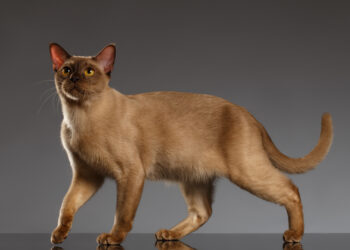Understanding kitten food labels is crucial for pet owners who want to provide the best nutrition for their feline friends. With various terms and ingredients listed, it can be challenging to determine what’s truly beneficial for your kitten. This guide will help you navigate the labels and choose the best cat foods to ensure your kitten’s optimal health.
The Importance of Understanding Kitten Food Labels
Grasping the information on kitten food labels helps you:
- Ensure your kitten receives balanced nutrition.
- Avoid harmful ingredients.
- Compare different brands effectively.
Key Components of Kitten Food Labels
Guaranteed Analysis
The guaranteed analysis provides the minimum percentages of crude protein and fat, and the maximum percentages of crude fiber and moisture. These are essential for evaluating the nutritional content of the best cat foods.
- Crude Protein: Critical for growth and muscle development.
- Crude Fat: Provides energy and supports skin and coat health.
- Crude Fiber: Aids in digestion.
- Moisture: Ensures proper hydration.
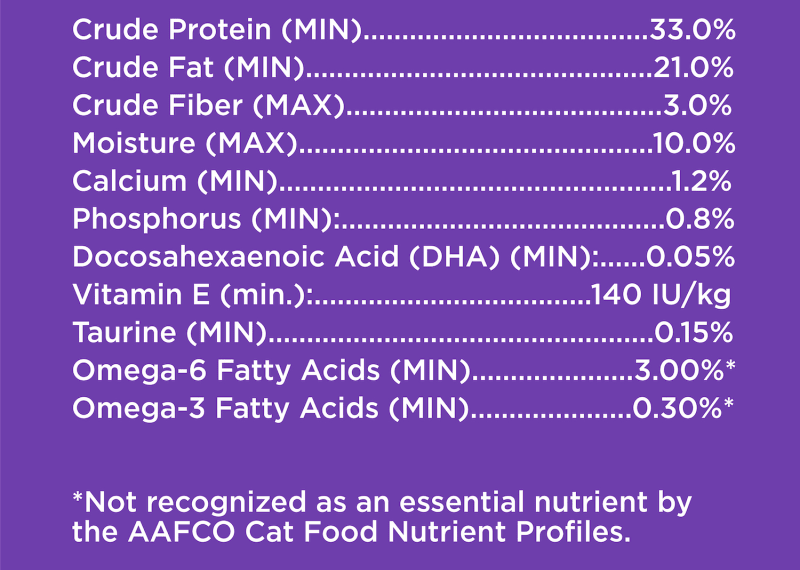
Ingredient List
Ingredients are listed in descending order by weight. Look for high-quality protein sources, such as chicken, turkey, or fish, at the top of the list. Avoid foods with fillers like corn, soy, or by-products.
- High-Quality Proteins: Chicken, turkey, fish.
- Healthy Carbohydrates: Brown rice, sweet potatoes.
- Beneficial Additives: Omega fatty acids, probiotics.
Nutritional Adequacy Statement
The nutritional adequacy statement indicates whether the food meets the nutritional levels established by the AAFCO (Association of American Feed Control Officials) for kittens. Look for statements like “complete and balanced” for all life stages or for the specific stage of growth.
Common Terms on Kitten Food Labels
Natural and Organic
- Natural: Contains no synthetic ingredients or additives.
- Organic: Meets USDA standards for organic production.
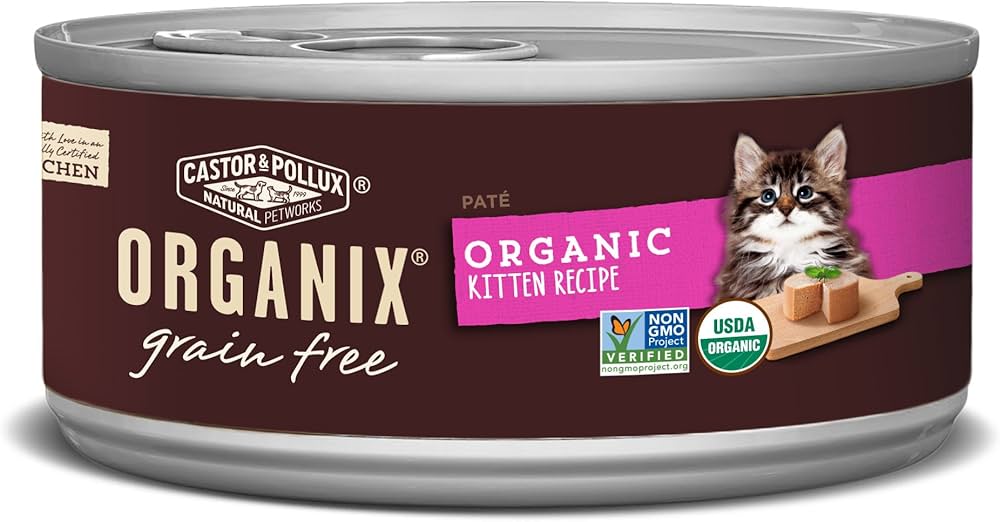
Grain-Free
Grain-free diets substitute grains with other carbohydrate sources like potatoes or peas. While some cats may benefit from grain-free diets, consult with your vet to determine if it’s necessary for your kitten.
Deciphering Marketing Claims
“Premium” and “Gourmet”
These terms are not regulated and do not guarantee superior quality. Focus on the ingredient list and nutritional content instead.
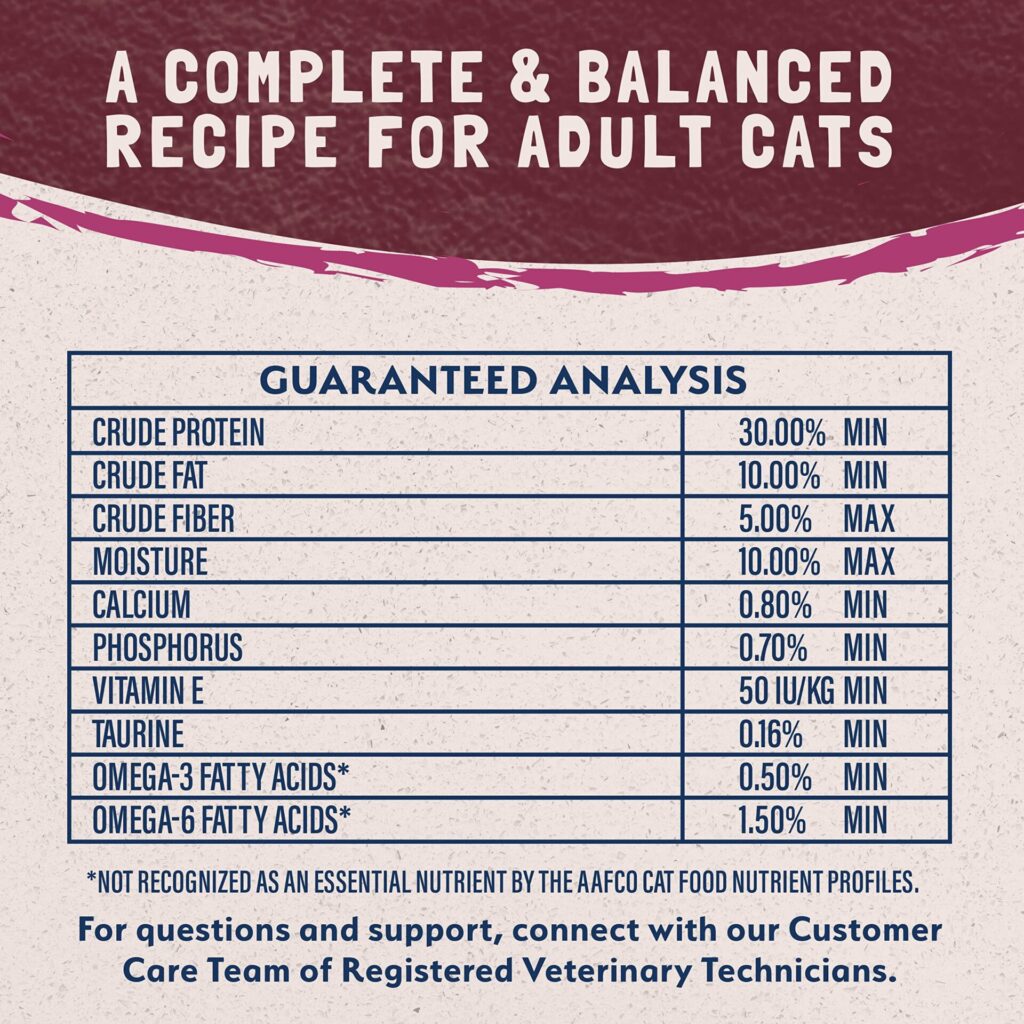
“With” and “Flavor”
- With: Indicates the food contains at least 3% of the named ingredient.
- Flavor: Indicates the presence of a specific flavor but does not guarantee the actual ingredient.
Choosing the Best Cat Foods
Consider Your Kitten’s Specific Needs
Different kittens have unique nutritional requirements based on their age, breed, and health conditions. Discuss with your veterinarian to identify the best cat foods tailored to your kitten’s needs.
- Age-Appropriate Formulas: Kitten-specific formulas for growth.
- Breed-Specific Needs: Larger breeds may require different nutrient ratios.
- Health Conditions: Special formulas for digestive issues, allergies, etc.
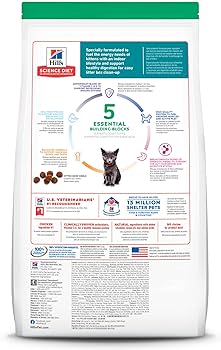
Read Reviews and Do Research
Look for brands with positive reviews from other pet owners and endorsements from veterinarians. Researching can provide insights into the quality and effectiveness of different foods.
Tips for Transitioning to a New Food
When switching to a new kitten food, do so gradually to avoid digestive issues. Follow these steps:
- Days 1-3: 25% new food, 75% old food.
- Days 4-6: 50% new food, 50% old food.
- Days 7-9: 75% new food, 25% old food.
- Day 10+: 100% new food.
Conclusion
Understanding kitten food labels is essential for providing the best cat foods to support your kitten’s health and development. By paying attention to the guaranteed analysis, ingredient list, and nutritional adequacy statement, you can make informed decisions. Always consider your kitten’s specific needs and consult with your veterinarian for personalized recommendations. With this knowledge, you can confidently choose foods that promote a healthy, happy life for your feline friend.






